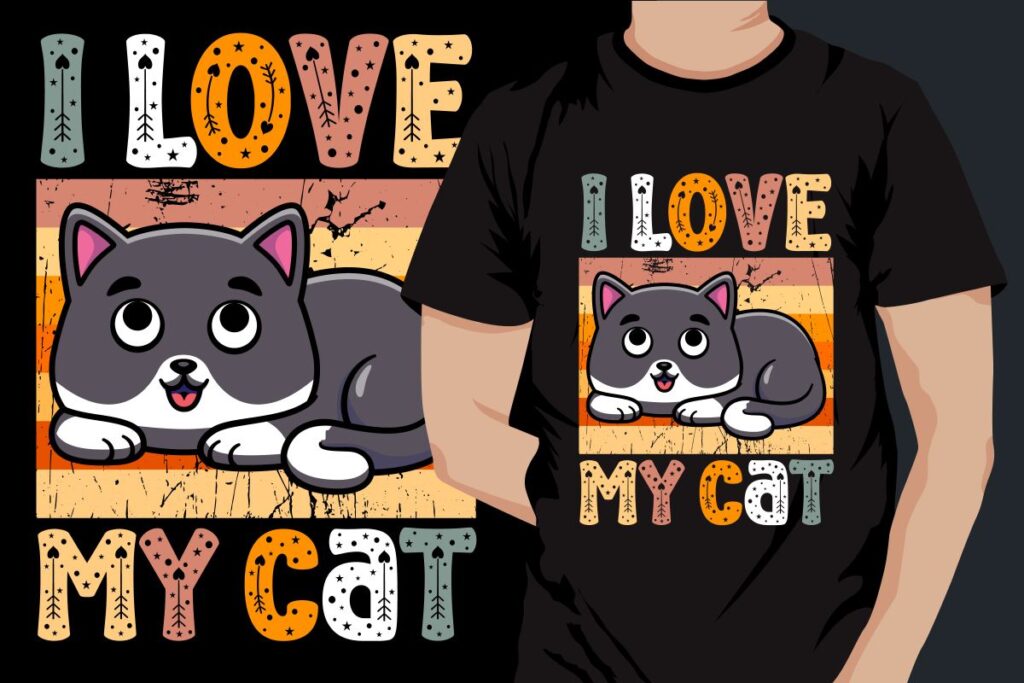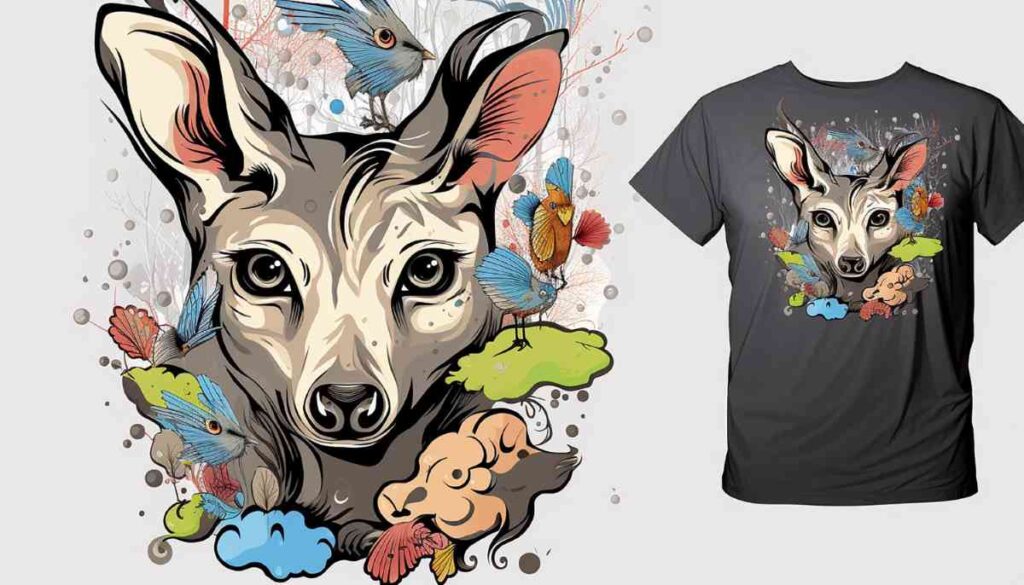In the ever-evolving printing industry, DTF supplies have taken center stage, heralding a revolution in textile printing and customization. The introduction of Direct-to-Film (DTF) printing technology has brought about unparalleled efficiency and high-quality output, making it a game-changer for businesses seeking agile and sustainable printing solutions. DTF technology benefits such as reduced production times and versatile application across various materials are capturing the attention of manufacturers and consumers alike. As the demand for personalized products grows, the capability of DTF supplies to deliver intricate designs and vibrant colors has redefined expectations in customization. This post will explore how this innovative printing technique is transforming the landscape, shedding light on current trends, advantages, and its future in sustainable printing.
The emergence of Direct-to-Film materials has sparked a fresh interest in modern printing methods, revolutionizing how businesses approach textile decoration. Dubbed as a game-changing printing technology, DTF empowers users to create vibrant and detailed prints on an array of fabrics efficiently. This innovative technique not only enhances customization possibilities but also aligns with the industry’s shift toward sustainable practices. With the ability to cater to diverse customer needs through small-batch production, DTF materials offer significant advantages over traditional printing processes like screen printing and direct-to-garment methods. As more brands adopt this technology, the impact on the printing landscape continues to grow, pushing the boundaries of creative expression in various sectors.
A Comprehensive Overview of DTF Technology
Direct-to-Film (DTF) printing is revolutionizing the way we approach textile printing, making it an essential technique for businesses. This innovative method allows designs to be printed on a special film before being transferred onto fabrics using a heat press. As a result, the final product possesses vivid colors and precise designs, distinguishing itself from other printing techniques. By adopting DTF technology, businesses can offer a wide variety of customized products that resonate with the evolving consumer demands for personalized items.
The shift toward DTF printing signifies a broader trend in the printing industry toward digital solutions. This transformation enables higher production speeds and consistency in output quality, which traditional methods often struggle to provide. For businesses looking to stay competitive, understanding DTF technology is crucial, as it not only enhances efficiency but also opens doors to creative possibilities that were previously unattainable.
The Eco-Friendly Benefits of DTF Supplies
Sustainable printing has become a critical focus in the manufacturing sector, and DTF supplies offer an eco-friendly alternative to conventional printing methods. By minimizing material waste and reducing energy consumption, the DTF process aligns with the growing demand for environmentally conscious production techniques. Companies that implement DTF technology can contribute to sustainability goals while still meeting consumer expectations for high-quality and personalized products.
Furthermore, DTF printing significantly reduces the need for pre-treatment and other resource-intensive processes, which are commonplace in traditional techniques. This efficiency not only lowers operational costs but also supports companies in their pursuit of greener practices. Adopting DTF supplies reflects a commitment to sustainability, positioning brands favorably in a market increasingly driven by eco-conscious consumers.
Exploring Customization in the DTF Process
Customization is at the heart of consumer preferences today, and DTF printing supports this evolution with great efficacy. The technology allows businesses to create small-batch runs of highly personalized products without incurring excessive costs associated with traditional methods. This capability is transforming the way companies interact with their customers, enabling them to offer tailored designs that communicate individuality and brand identity.
Moreover, DTF supplies play a crucial role in simplifying the complexities often linked to custom orders. With the ability to instantly print vibrant designs on various fabric types, businesses can easily cater to diverse needs and preferences. This flexibility not only enhances customer engagement but also solidifies loyalty, as consumers increasingly seek unique, individualized merchandise that stands out in the market.
Understanding the Advantages of DTF Printing
The advantages of DTF printing extend beyond customization and efficiency, as this method also boasts impressive output quality. The final products display rich colors and intricate details that meet the high expectations of today’s consumers. DTF’s soft hand feel enhances the overall experience, ensuring that the prints not only look fantastic but also feel comfortable to wear, a crucial factor for apparel brands.
Additionally, DTF technology is gaining acclaim for its durability. Unlike some traditional printing methods that may fade or crack over time, DTF prints maintain their vibrancy even after multiple washes. This longevity in quality helps businesses build a positive reputation, as satisfied customers are more likely to return for future purchases. By incorporating DTF printing, brands can confidently offer products that deliver both aesthetic appeal and practical longevity.
Current Trends Shaping the DTF Landscape
As DTF printing gains popularity, several trends are emerging that are helping to shape the future of the industry. Technological advancements, particularly in ink formulations and print machinery, are enhancing the quality and efficiency of DTF processes. These innovations allow for greater color accuracy and faster production speeds, ensuring that businesses can keep pace with growing consumer demands and market competition.
Additionally, there is a marked interest in integrating DTF technology with other digital solutions, developing a more cohesive approach to product personalization. Brands embracing these trends are poised for success, as they leverage the full potential of DTF printing to create unique offerings that resonate with consumers. Keeping an eye on these trends will help businesses remain relevant and innovative in a rapidly changing market.
Future Perspectives on DTF Supplies in the Market
The market outlook for DTF supplies appears robust, with more enterprises recognizing the comprehensive benefits this technology provides. As DTF printing continues to gain traction across sectors, from fashion to promotional goods, its appeal lies in its combination of quality, efficiency, and customization potential. These factors make the investment in DTF technology a strategic move for companies looking to enhance their product offerings and operational capabilities.
Furthermore, as consumer preferences increasingly tilt toward personalized products, companies equipped with DTF supplies are well-placed to meet these demands. The projected growth in the DTF printing sector indicates not only a shift in printing methodologies but a long-term evolution of how businesses think about their print offerings. Investing in this technology will likely yield significant returns as companies look to cater to the emerging market trends.
Frequently Asked Questions
What are DTF supplies and how do they enhance Direct-to-Film printing?
DTF supplies include all the materials needed for Direct-to-Film printing, such as special films, inks, and adhesives. These supplies enhance the printing process by enabling vibrant color reproduction, intricate designs, and the ability to transfer prints onto various fabrics efficiently. This technology leverages the latest advancements in the printing industry, providing high-quality, customizable output for businesses.
How does DTF printing compare to traditional printing methods in terms of efficiency?
DTF printing significantly improves efficiency compared to traditional methods like Direct-to-Garment printing. It requires no pre-treatment of the fabrics, which speeds up the production process, reduces labor costs, and allows for quick turnarounds. This efficiency in using DTF supplies not only meets market demands but also boosts profitability for businesses in the printing industry.
What are the main benefits of using DTF technology for customization in printing?
DTF technology offers several benefits for customization in printing, including the ability to perform small-batch runs cost-effectively. It caters to specific customer needs by allowing businesses to create personalized items without incurring high costs. The versatility of DTF supplies also means they can be used on various materials, broadening the range of customizable products available in the market.
How does DTF printing contribute to sustainable printing practices?
DTF printing contributes to sustainable printing practices by minimizing material waste and lowering energy consumption compared to traditional printing methods. By utilizing DTF supplies, businesses can adopt a more eco-friendly approach, which aligns with the growing demand for sustainability in the industry. This approach not only benefits the environment but also enhances the brand image of companies committed to responsible practices.
Why is the quality of prints produced with DTF supplies considered superior?
The quality of prints produced with DTF supplies is superior due to their vibrant colors and the ability to accurately reproduce intricate designs. DTF printing produces a soft finish that enhances the comfort of the final product while maintaining durability against multiple washes. This high-quality output is essential for consumer satisfaction in the competitive printing market.
What trends are shaping the future of DTF printing in the industry?
Current trends in DTF printing include a focus on technological advancements such as improved inks and printers that enhance quality, color accuracy, and production speed. There is also an increased demand for innovative designs and applications from businesses utilizing DTF supplies, which positions DTF technology as a key player in the evolution of the printing industry.
| Key Features | Description |
|---|---|
| What is DTF Printing? | A digital process that prints designs on a special film, transferred onto fabrics using heat press. |
| Efficiency and Cost-Effectiveness | Requires no pre-treatment, leading to faster production and lower labor costs. |
| Versatility Across Materials | Suitable for various fabrics like cotton and polyester, expanding product options. |
| High-Quality Output | Produces vibrant colors and intricate designs that are durable and soft to the touch. |
| Simplifying Small-Batch Customization | Enables cost-effective small runs, catering to individual consumer needs. |
| Sustainability Trends | Offers eco-friendly benefits like reduced waste and energy consumption. |
Summary
DTF supplies are revolutionizing the printing industry by providing innovative solutions that meet the demands of modern consumers. This printing technology allows for efficient, high-quality output while maintaining versatility across various materials. Businesses are increasingly recognizing the advantages DTF supplies offer, such as cost-effectiveness, customization at small batches, and sustainability. As the market continues to evolve, companies that embrace DTF supplies will have the opportunity to enhance their product offerings, improve operational efficiency, and cater to the growing demand for personalized items. With these factors in play, it is clear that DTF printing is not just a fleeting trend but a significant shift in how printing can be approached for the future.



